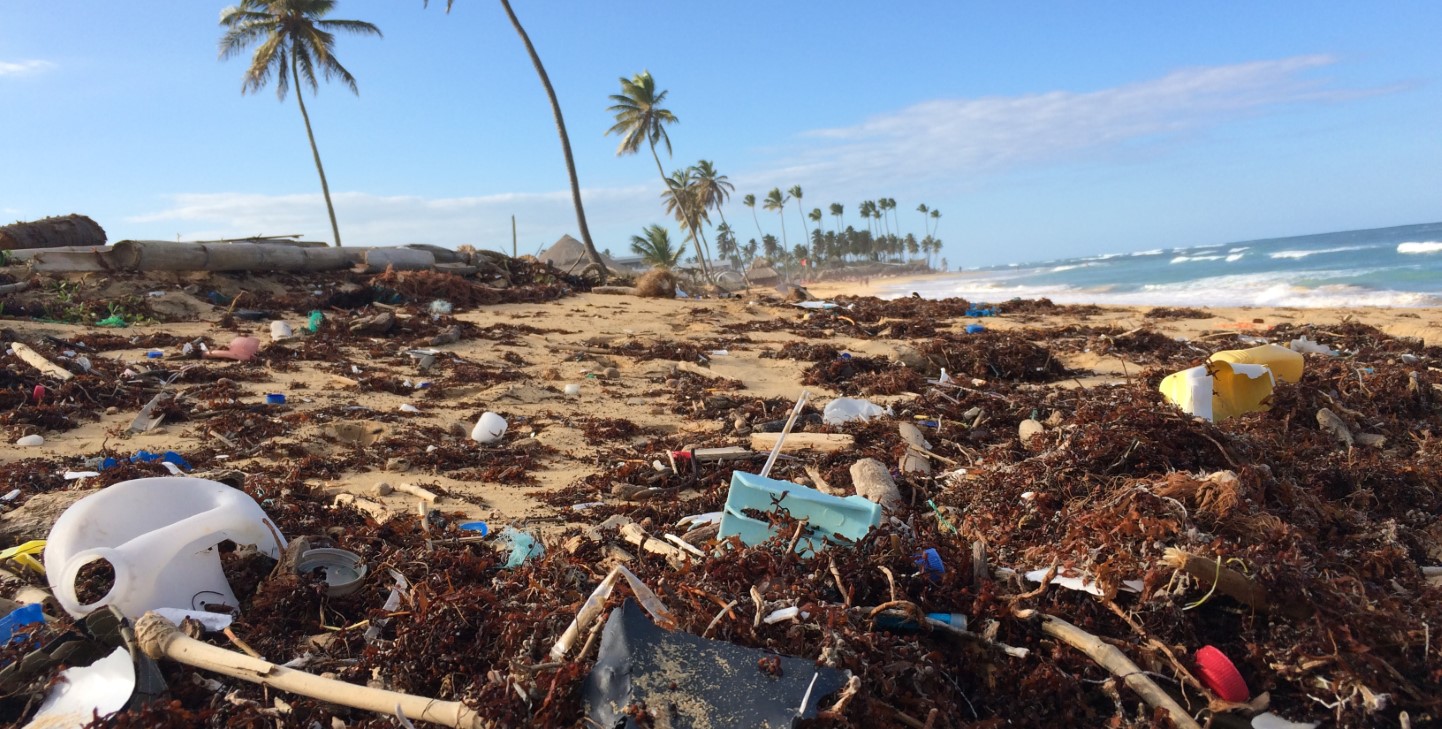From the postcard-perfect Coral Bay to the hidden beauty of Secret Cove, these spots promise stunning photos and unforgettable views.
GVI
Posted: August 29, 2024

Petrina Darrah
Posted: May 3, 2023
Endangered species are those that are at risk of becoming extinct due to various factors. There are many reasons why a species may become endangered, but the primary cause is human activities. Habitat loss and destruction, climate change, pollution, overexploitation, and invasive species are the main factors that contribute to endangerment.
Habitat loss and destruction are the most significant threats to many species worldwide. As human populations grow, we need more space to build homes, farms, and infrastructure. As a result, forests, wetlands, grasslands, and other natural habitats are destroyed or fragmented, leaving many species without a suitable place to live. Deforestation, which is the destruction of forests, is one of the leading causes of habitat loss.
The orangutan is an example of a species that has been greatly affected by habitat loss and destruction. Orangutans live in the rainforests of Southeast Asia, but these forests are rapidly disappearing due to palm oil plantations and other human activities. According to the International Union for Conservation of Nature (IUCN), the Bornean orangutan is critically endangered, with only an estimated 104,700 left in the wild.
Climate change is another significant factor that contributes to endangerment. Climate change refers to the long-term changes in global weather patterns caused by human activities, such as burning fossil fuels and deforestation. These changes affect ecosystems and the species that live in them.
For example, sea turtles are at risk of becoming endangered due to climate change. Rising sea levels caused by global warming threaten sea turtle nesting sites, which could lead to a decline in their populations. In addition, the increase in ocean temperatures can cause sea turtle eggs to hatch earlier than usual, which reduces their chances of survival.
Pollution is another factor that contributes to endangerment. Pollution refers to the presence or introduction of harmful substances into the environment. Pollution can be caused by a variety of human activities, including industrial processes, agriculture, and transportation.
Plastic pollution is one of the most significant threats to marine life. Plastic waste that ends up in the ocean can harm marine species in various ways, such as ingestion or entanglement. For example, sea turtles often mistake plastic bags for jellyfish and swallow them, which can lead to blockages in their digestive systems. According to the Ocean Conservancy, more than 8 million metric tons of plastic end up in the ocean each year.

Overexploitation is another factor that contributes to endangerment. Overexploitation refers to the harvesting of natural resources, such as fish, at a rate that exceeds their ability to reproduce. Overfishing is a common form of overexploitation that can lead to the collapse of fish populations.
Bluefin tuna is an example of a species that has been heavily overexploited. Bluefin tuna are highly valued for their meat, and as a result, they have been heavily fished. According to the IUCN, bluefin tuna populations have declined by more than 80% in the past few decades, and they are now considered critically endangered.
Invasive species are another factor that contributes to endangerment. Invasive species are non-native species that are introduced to an ecosystem and have a negative impact on the native species. Invasive species can compete with native species for resources or prey on them.
The brown tree snake is an example of an invasive species that has caused significant harm to native wildlife. The brown tree snake is not native to Guam, but it was introduced in the 1940s and has since caused the extinction of several bird species and has threatened other native wildlife. The brown tree snake preys on birds, lizards, and small mammals, and its introduction to Guam has caused a dramatic decline in the island’s biodiversity.
One way people can make a significant impact in protecting endangered species is by volunteering in wildlife conservation with GVI. GVI is a global organisation that offers volunteering programs in wildlife conservation, providing opportunities for people to work with experienced professionals and gain hands-on experience in protecting endangered species. By joining a GVI wildlife conservation program, volunteers can contribute to conservation efforts by conducting research, monitoring wildlife, and helping with habitat restoration projects. Additionally, volunteers can educate local communities about the importance of wildlife conservation, raising awareness about the threats facing endangered species and the actions needed to protect them. Volunteering with GVI is an excellent way to make a difference in protecting endangered species, and it also provides volunteers with an opportunity to learn about different cultures, develop new skills, and make a positive impact in the world.
In conclusion, there are many factors that contribute to endangerment, and most of them are caused by human activities. Habitat loss and destruction, climate change, pollution, overexploitation, and invasive species are the main factors that threaten the survival of many species worldwide. It’s important to understand these factors and take action to protect endangered species.
Conservation efforts are essential to protect endangered species. Governments, NGOs, and individuals can all contribute to conservation efforts by implementing policies that protect natural habitats, reducing greenhouse gas emissions, reducing pollution, and reducing the overexploitation of natural resources. Everyone can make a difference by making simple changes in their daily lives, such as reducing plastic waste and choosing sustainable products.
In conclusion, we all have a responsibility to protect our planet’s biodiversity and ensure that future generations can enjoy the beauty and diversity of the natural world. By taking action now, we can help prevent species from becoming endangered and promote a sustainable future for all.
By Petrina Darrah

From the postcard-perfect Coral Bay to the hidden beauty of Secret Cove, these spots promise stunning photos and unforgettable views.
GVI
Posted: August 29, 2024